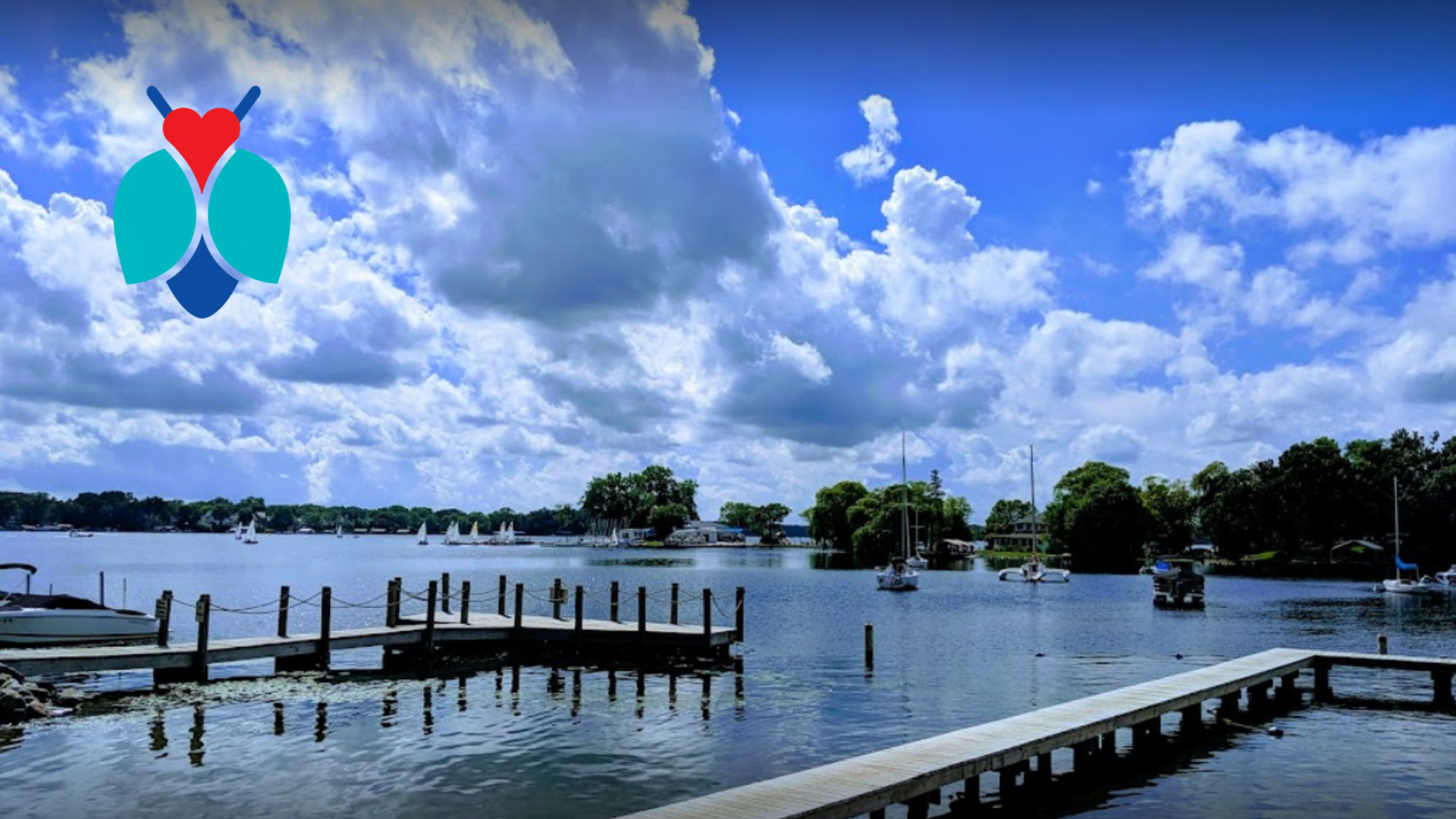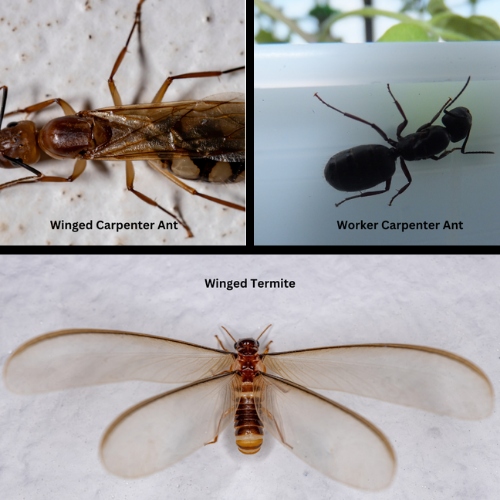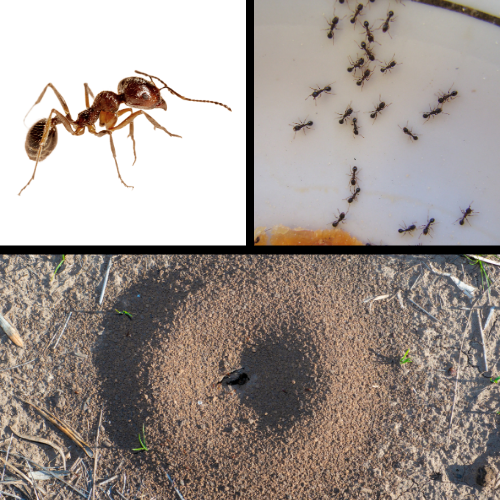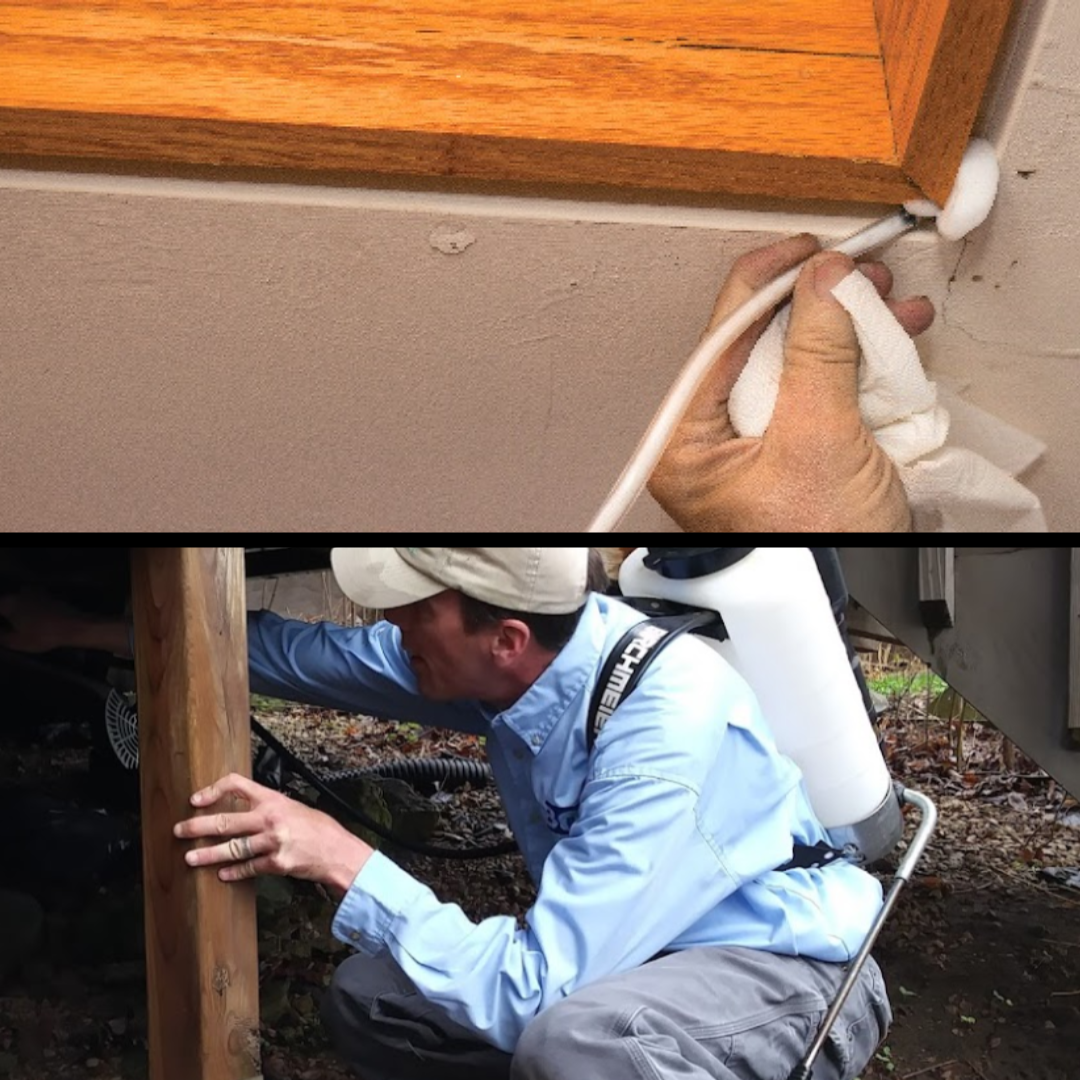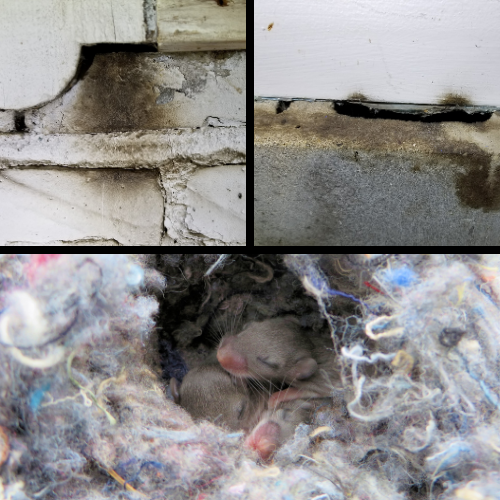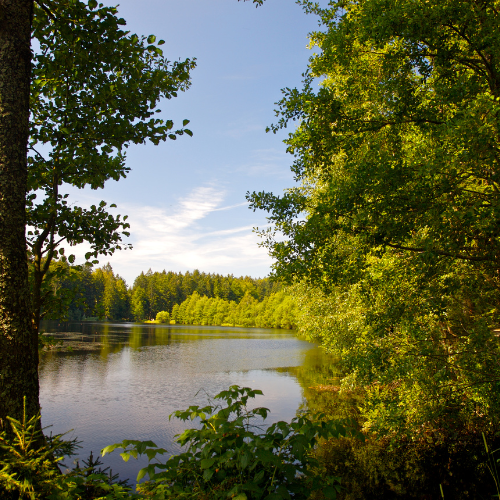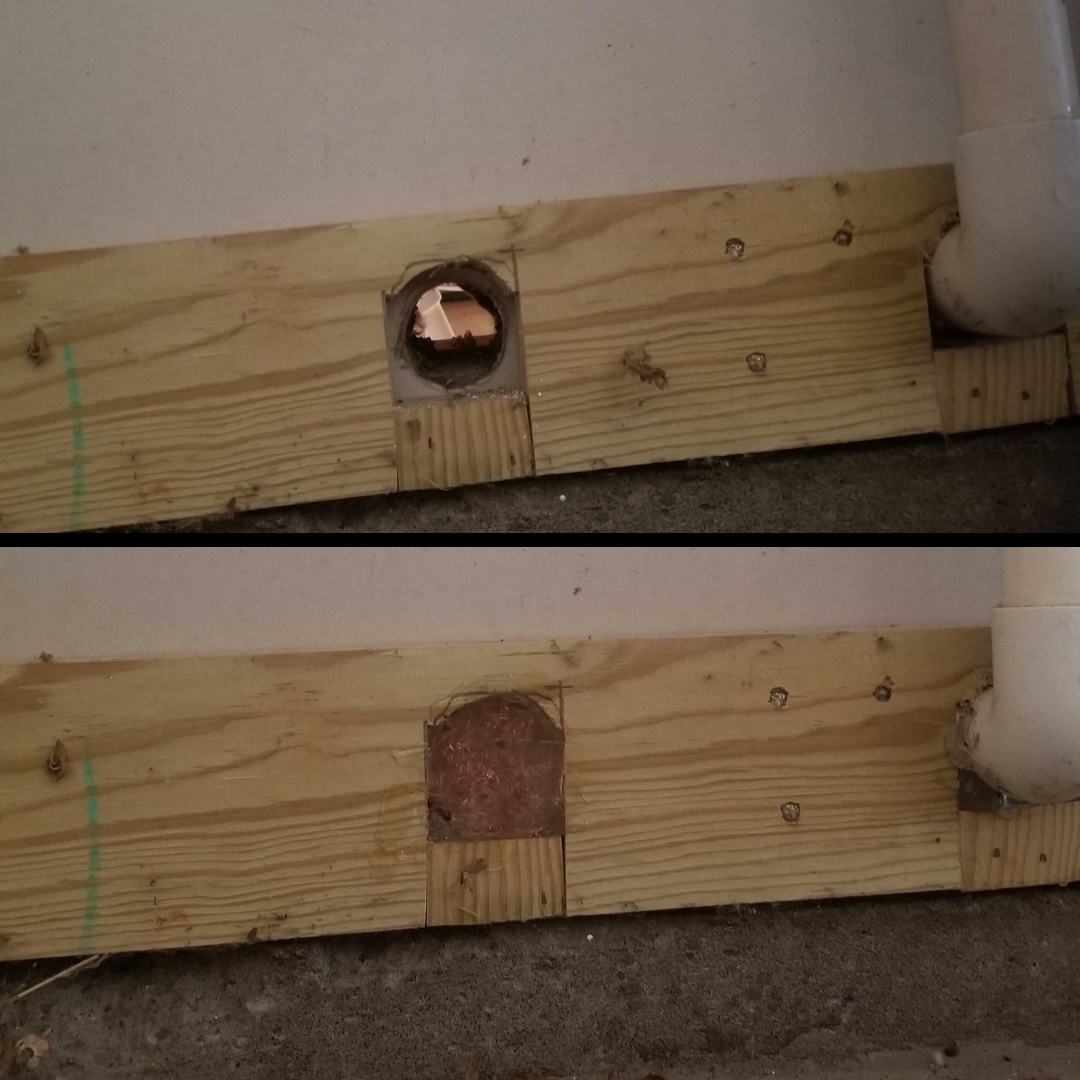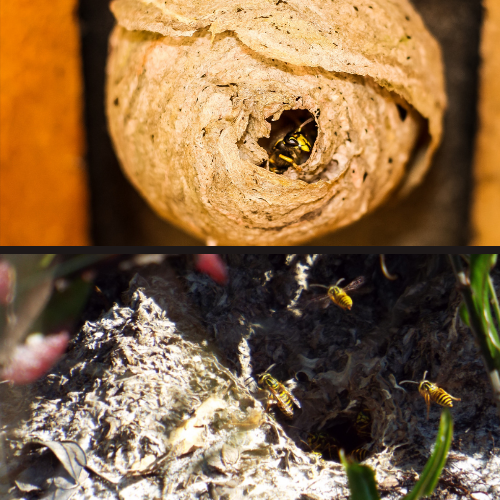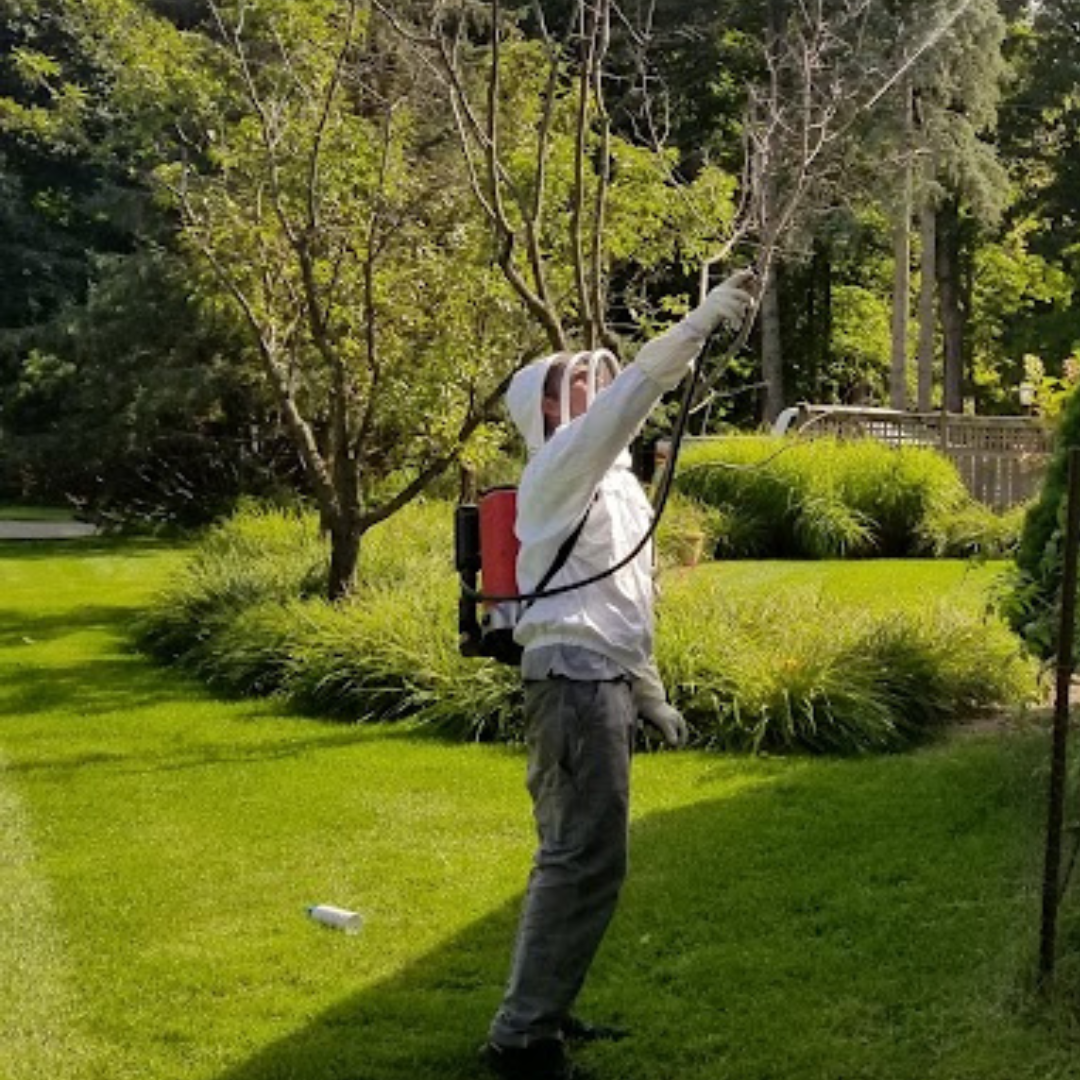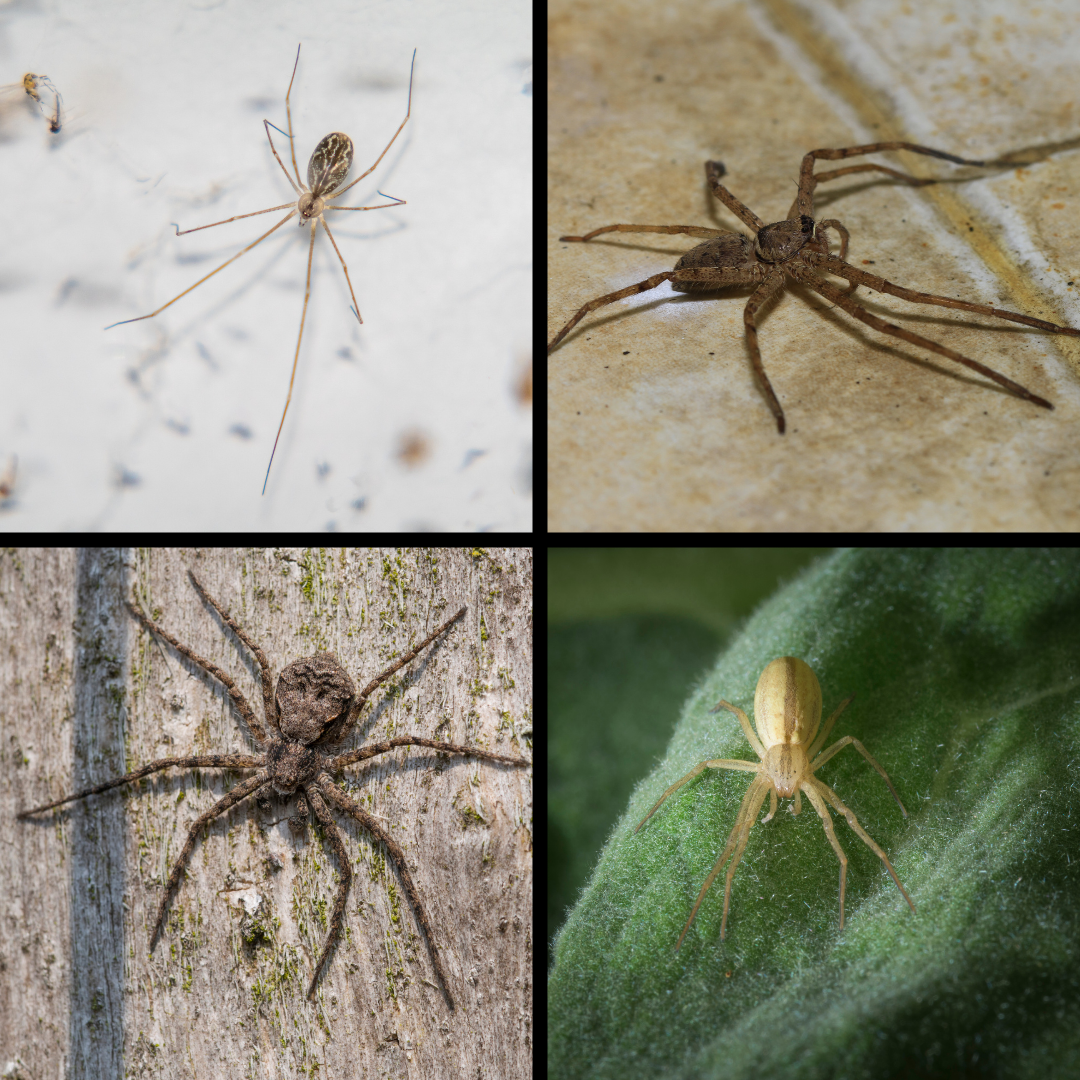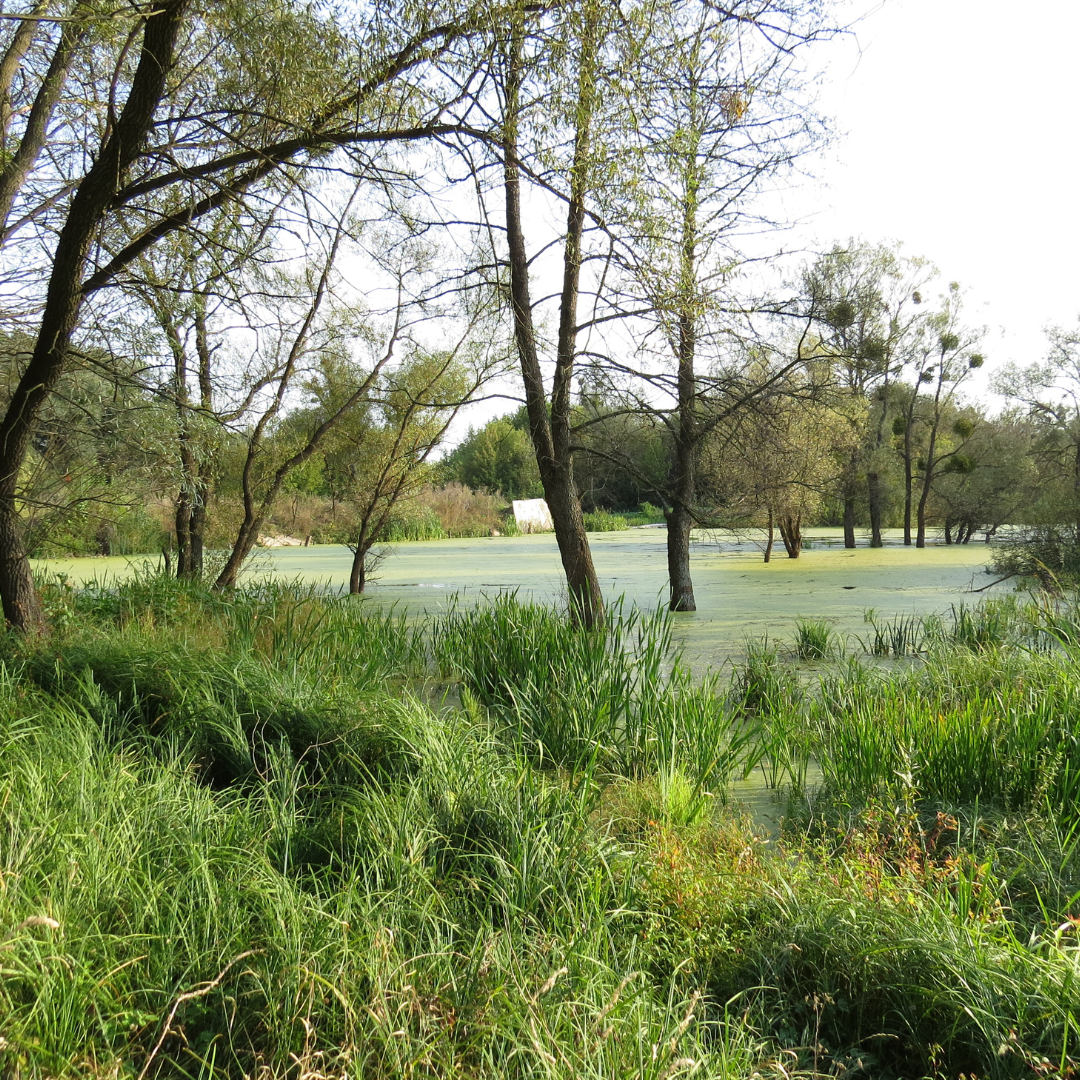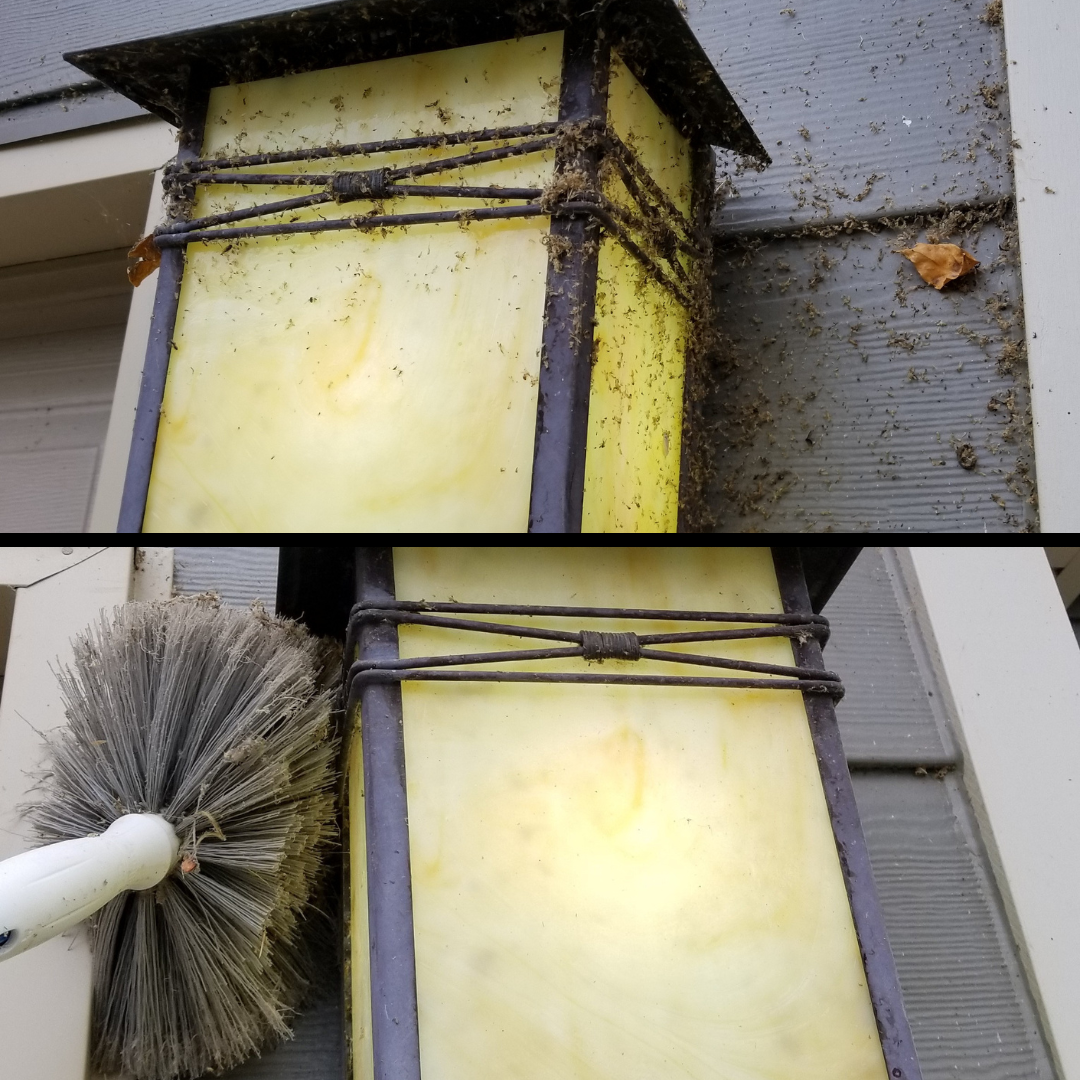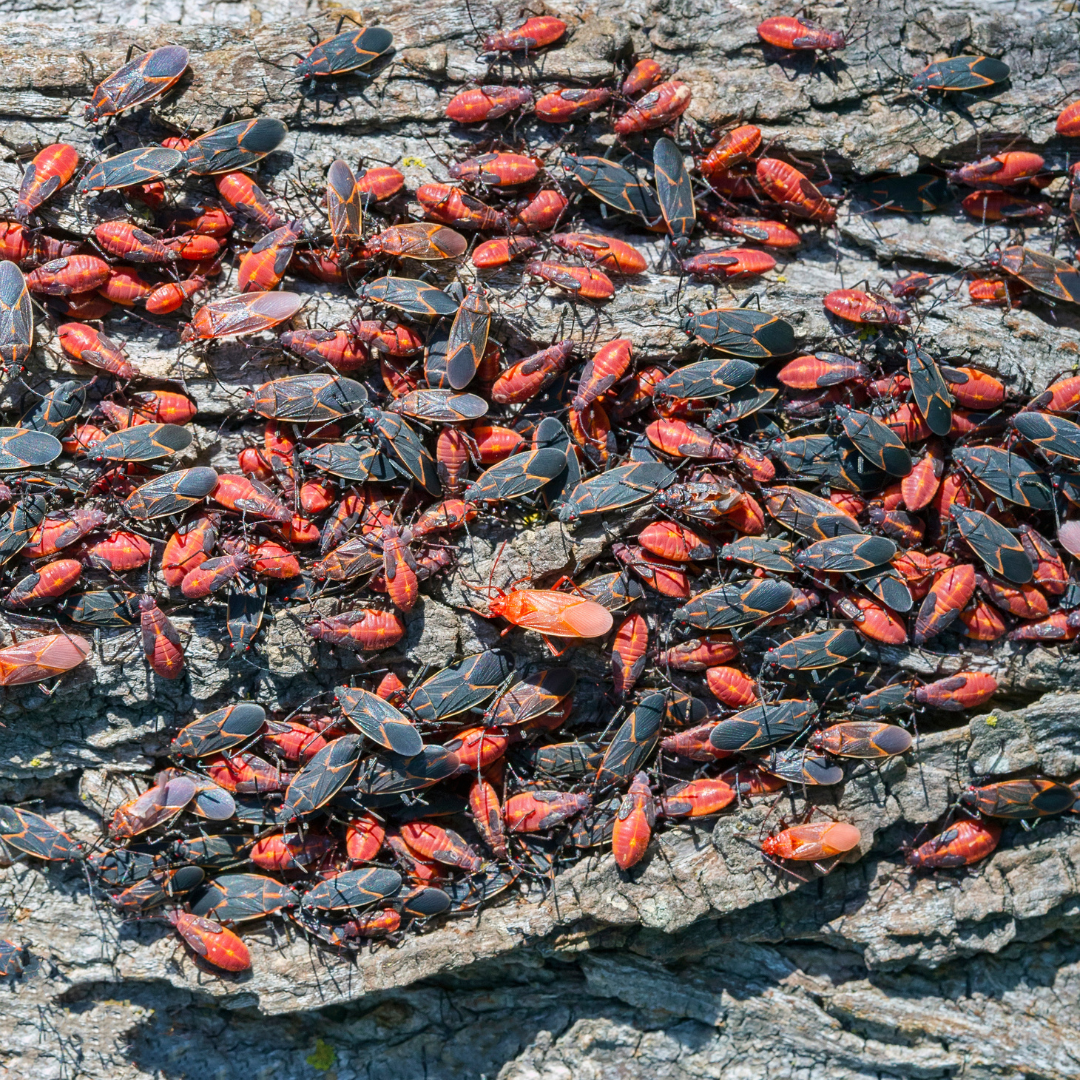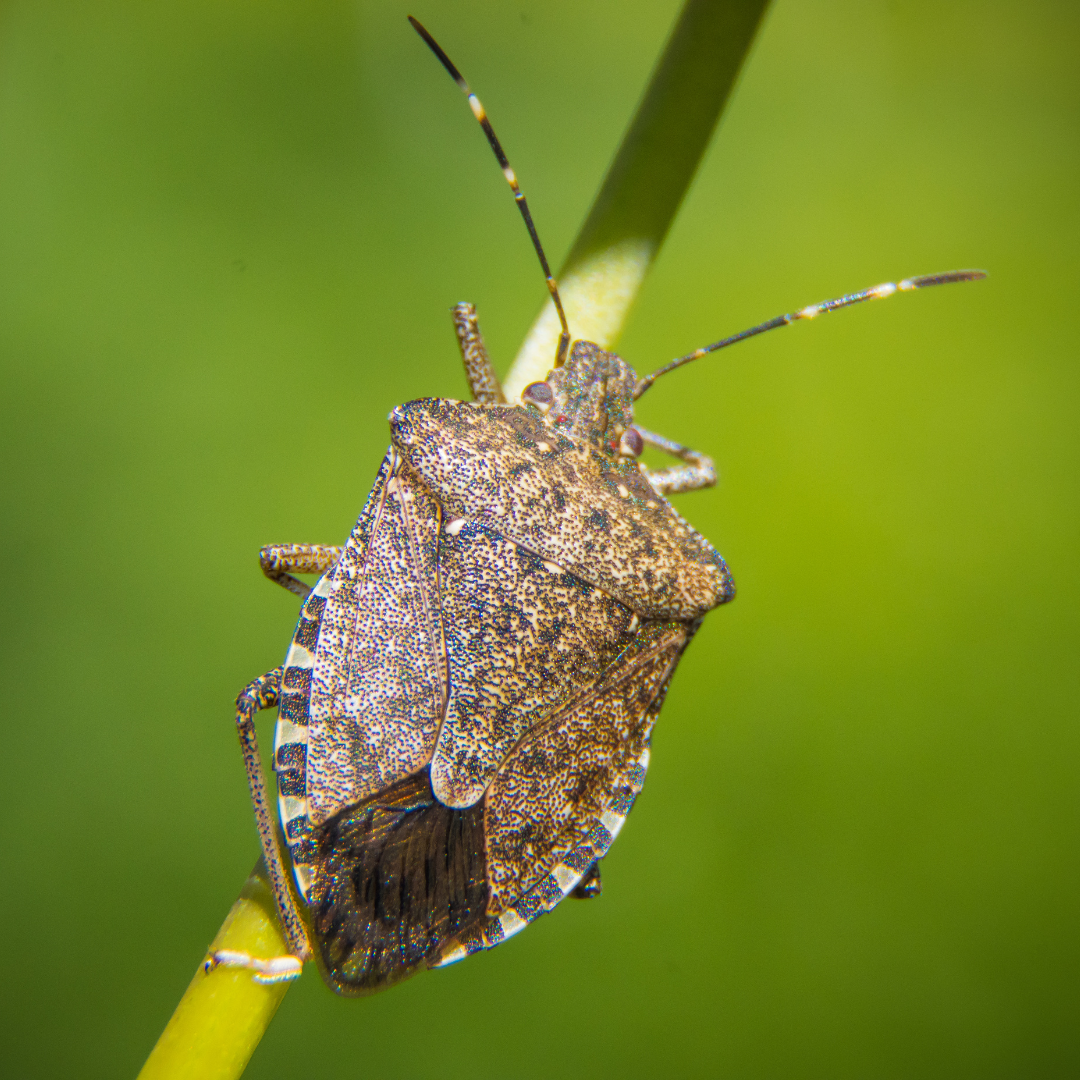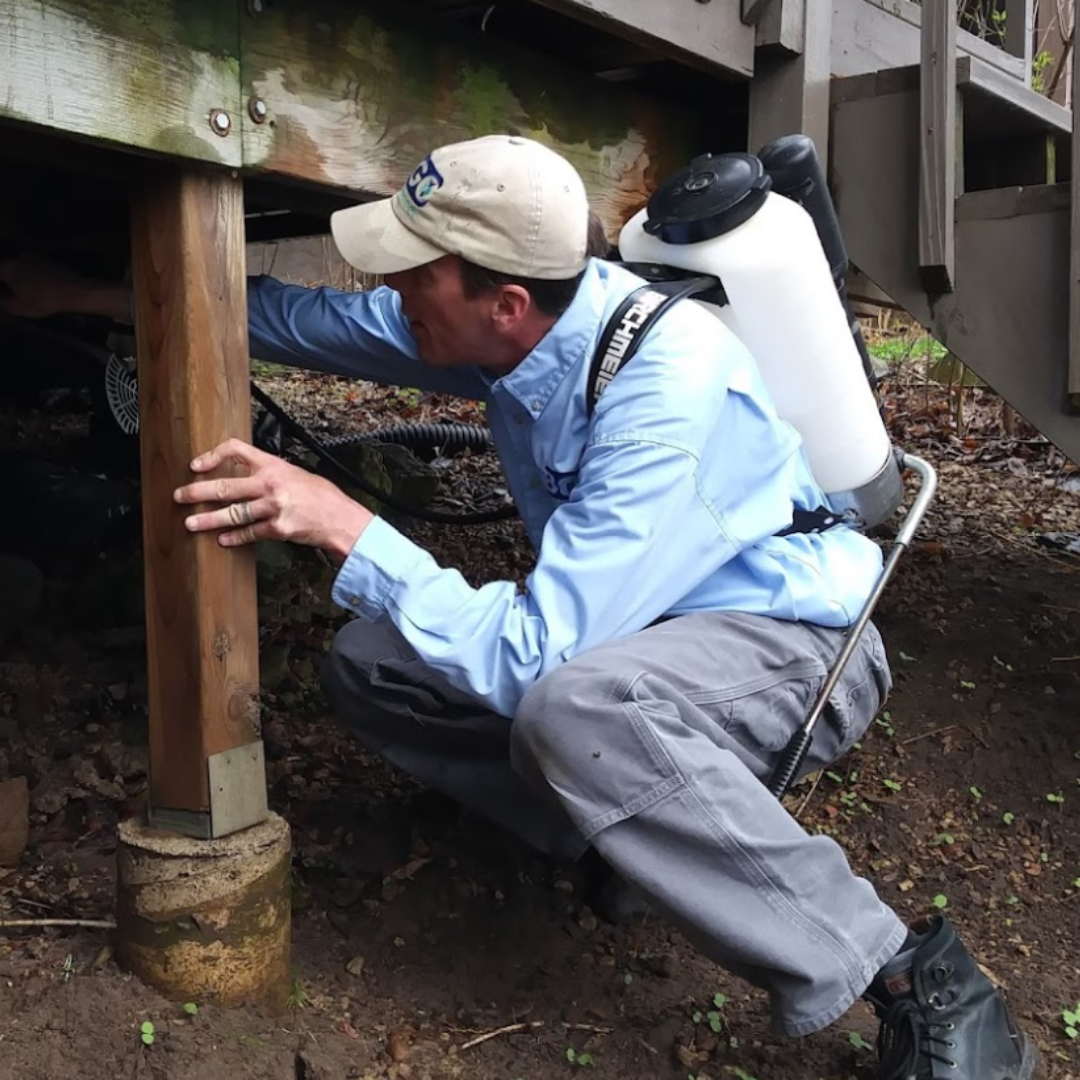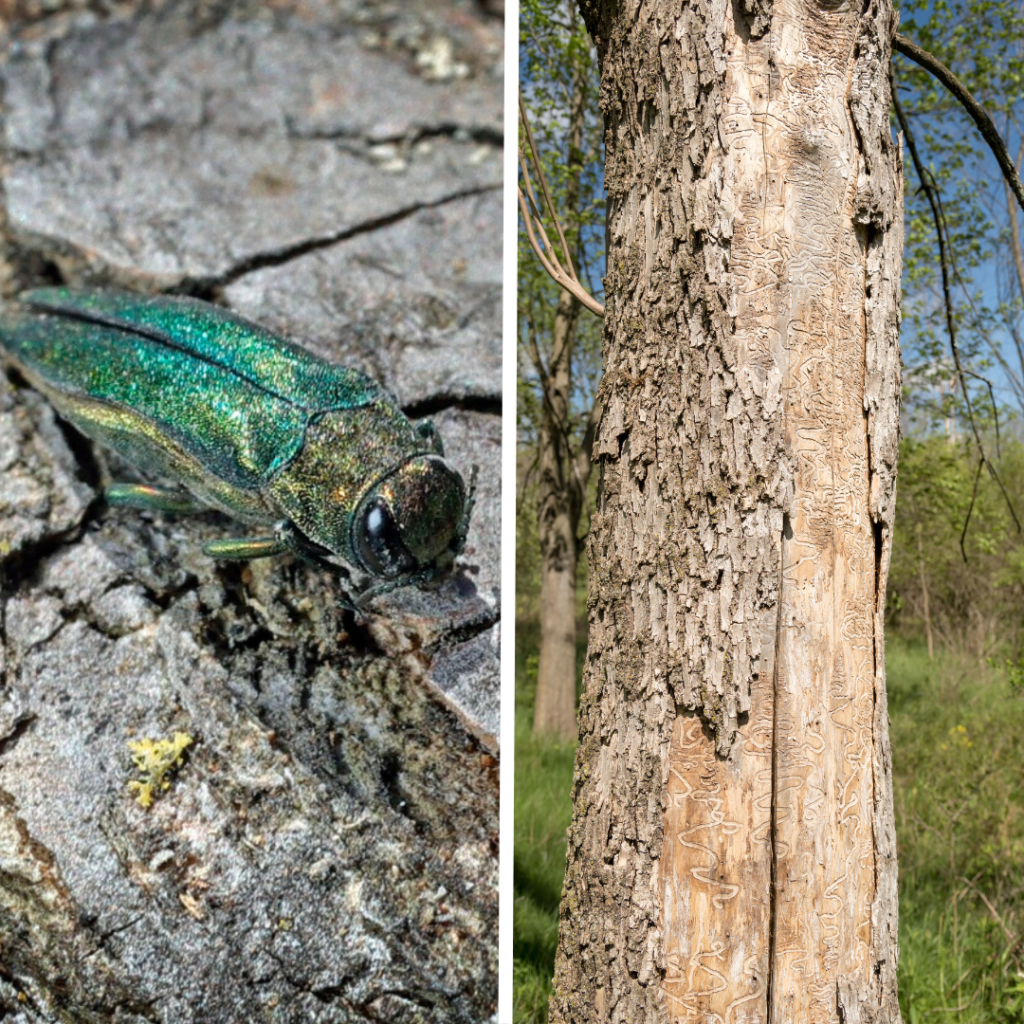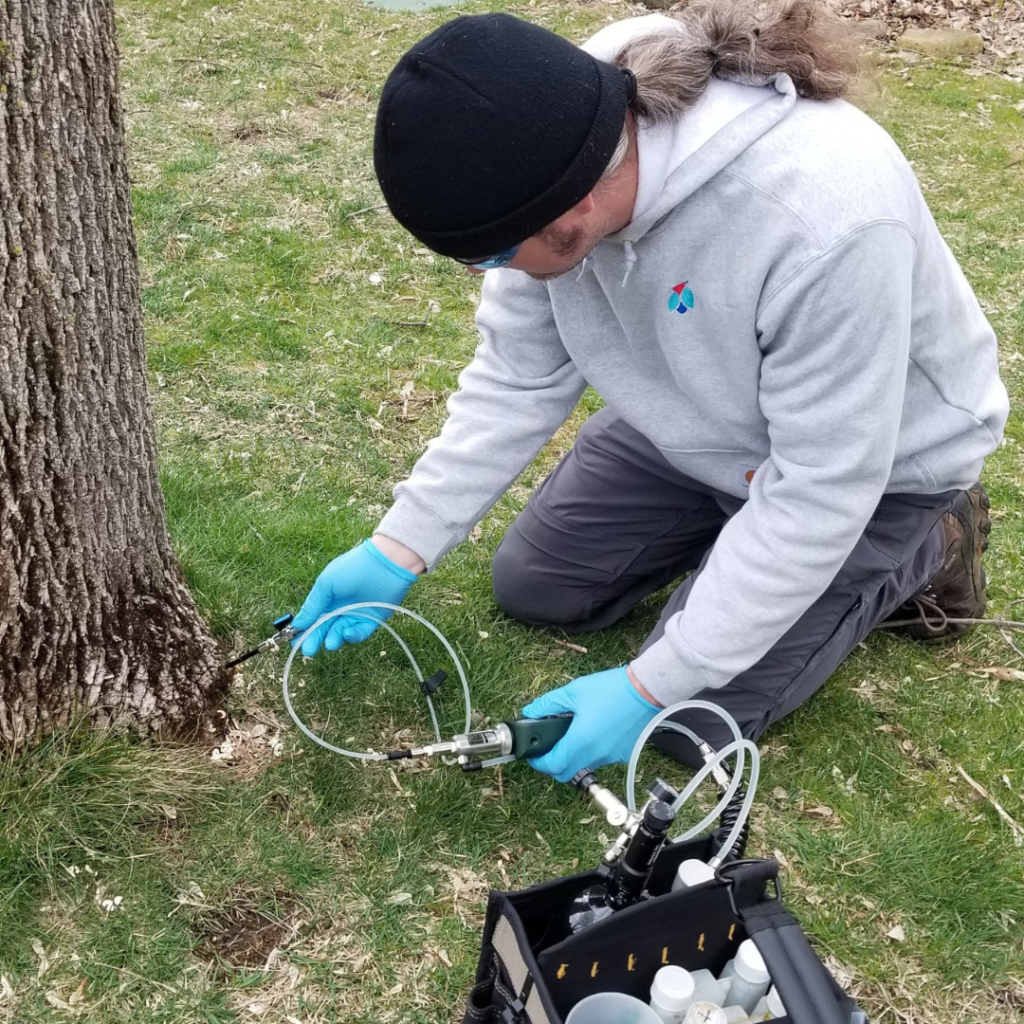Contact BOGO for all your Deephaven Minnesota Pest Control Needs.
In Deephaven Minnesota, many homes are built around beautifully wooded landscapes and are close to Minnesota’s famous Lake Minnetonka. Unfortunately, these things come with a cost and that is an increase in pest activity.
These are the most common pests found in Deephaven Minnesota
If you have any questions or concerns or would like to schedule an appointment
Call Us Today! 952-404-BOGO (2646)
Share This Page!
Ants in Deephaven Minnesota
Carpenter Ants
Carpenter ants do not eat wood as termites do. Termites eat through entire wooden structures no matter what condition the wood is in. Carpenter ants only chew through wood that is already water damaged and rotting. They also only chew small tunnels and galleries through the wood. Carpenter ant infestations take a longer time to cause structural damage. Some other key differences between carpenter ants and termites are the shape of their bodies. Termite’s bodies are rectangular while carpenter ant’s bodies are shaped like an “8”.
Pavement Ants
Pavement ants can be either brown or reddish-brown. Their bodies are much smaller compared to a carpenter ant which is between 0.3-0.5 inches. Pavement ants are only 0.3 cm in length. Their nests that are outside are built underneath sidewalks, driveways, pavers, and cement patios. Their nests have small circular piles of sand and dirt. Pavement ants also build nests inside homes. They build them in temperature-controlled areas that allow them to stay active through the winter. A few places that attract pavement ants are heated floors, insulated foundations, slab-on-grade homes, and places inside that are with high levels of moisture. For example basements, crawl spaces, vents, and under-home appliances.
Ant Service
BOGO’s ant treatment has been proven to be more effective than any ant killer you can buy over the counter. Whether the ants are appearing inside, in the middle of the winter, or in summer we have a service to cater to your needs. If the ants are active in the winter we go inside the home. We spray foam inside cracks and crevices that the ants are coming out of. The ants then cross over the product and they carry it back to the rest of the colony. Only 10% of an ant colony leaves the nest to forage for food and water. The rest stay in the ground or below grade. During the warmer months, we want to focus on treating the exterior of the home around the foundation.
Mice in Deephaven Minnesota
Mouse Behavior
Mice in Minnesota all behave in similar ways. During the fall months mice will start spending more time inside buildings and homes as the temperature starts to drop. Unlike other mammals in the Twin Cities mice do not hibernate or have a breeding season. They often live together in groups of 10. Each group will have 1 or 2 males, multiple females, and their offspring. Many mice will use a home’s insulation to build tunnels and nests. The mice will continue to breed all year. All the mice in the group will forage for food to help with raising the offspring. When foraging for food they stay within 30 yards of their nest. As mice are nocturnal they are often most active at night. Since they forage for food at night they use their sense of smell more than their eyes. They rely on their scent trails to find their way back to their nests inside. Over time these scent trails can become rub marks leaving a dark smudge on the foundation or siding of a structure.
Mouse Habitat
Mice are drawn to live in an environment that provides them with an abundance of food and water. Some of the most common foods they eat are seeds, nuts, fruits, and insects. These can all be found in wooded areas or near bodies of water. Mice are also great climbers and often will build nests high up in trees during warmer months. There is a common correlation between homes that are near a body of water to have an increase in mouse activity around the home.
Mouse Service
Our mouse service is our signature service. The rest of the pest control industry is dishonest with their customers regarding how to fix their mouse problem. Companies will sell a contract for a monthly service to refill poison bait inside a home. This will not keep mice from getting inside. As mice are always breeding it is impossible to kill all the mice that live outside and inside the home. The only way to solve a mouse infestation is by sealing up the entire structure from the outside. Companies that offer this service often rush through the service and don’t use long-lasting mouse-proof materials. Our mouse service also offers one of the best warranties in the industry. Our full 2-year warranty proves that we stand behind the effectiveness of our mouse service. This warranty kicks in 30 days after our seal-up. This is how long it takes to trap any mice that are inside the home. If our traps are still catching mice after the 30-day waiting period we will come back to the house free of charge to find any entry points that we may miss. Homes with limitations are offered a 2 visit 2-year warranty.
Wasps in Deephaven Minnesota
Yellow Jackets
Yellow jackets’ nests grow to have 1,000-5,000 wasps. Each wasp is capable of stinging multiple times without losing their stinger. This can make finding a yellow jacket nest very dangerous. It is recommended that a yellow jacket nest is treated by a professional. Their nests vary in location and may be hard to find. It is also hard to know the exact size of the nest. They build underground nests, spherical aerial nests, and inside cracks and crevices around the outside of homes and buildings.
Baldfaced Hornets
Baldfaced hornets only build aerial nests. Their nests are tear-dropped shaped and always built at least 3 feet off the ground. The nests are not reused after they are killed in the winter or treated with pesticides. By the end of the summer, their nests have around 200-700 workers per colony. These nests depending on how high off the ground they are can be left alone. If a nest is above 30 feet off the ground they are not going to feel threatened and sting people.
Our Wasp Service
Our wasp service is highly recommended when dealing with a wasp nest that is not visible to the naked eye or built inside a structure. These nests are hard to treat with any over-the-counter wasp killer because not every wasp leaves the nest. This includes the queen who is usually deep inside the nest protected by hundreds or thousands of workers. Our product lets the wasps that leave the nest bring the product inside and spread it with the rest of the colony before dying. Over-the-counter products kill the wasps too quickly and will not kill the queen wasp. If the queen wasp stays alive the rest of the colony will still be able to reproduce and make more workers.
Spiders in Deephaven Minnesota
Spider Behavior
Spiders have been on our planet for over 500 million years. Much longer than humans have. Their role in our ecosystem has been cemented and proven to be very beneficial. Spiders eat insects that spread diseases to humans, animals, and plants. Without spiders, these insects would overpopulate our ecosystems. There are two ways that spiders catch insects to feed on. There are hunting spiders and web-building spiders. The most common web-building spiders are; cellar spiders (top left), common house spiders (top right), and harvestmen spiders (aka daddy long legs). Hunting spiders leave their burrows or crevices to search for insects to eat. The most common hunting spiders are the wolf spiders (bottom left), Sac spiders (bottom right), and jumping spiders
Spider Habitat
Habitats that attract spiders are habitats that also attract other insects. There are a large number of insects that prefer to live near bodies of water. These include; mosquitos, flies, and ticks. For this reason, many homes that are built close to a body of water will see an increase in spider activity. They are also going to be drawn to wooded areas. Insects that help with breaking apart decaying organic matter or leaf litter live in the woods. These insects include; springtails, silverfish, millipedes, ants, and sowbugs. Most homes that have a large spider population on the inside will also have some other insects living inside as well.
Spider Service
Our spider service is focused on the exterior of the home. Spiders that are inside the home come in from the outside. They often move back and forth during the warmer seasons. We start each service by knocking down any cobwebs. Inside these cobwebs are egg sacs that hatch into hundreds of baby spiders. The product we use on the exterior stays effective for 2 months. If there is a home near water or woods, it would be advisable to reapply the product to keep the population to a minimum. We never promise our services will kill 100% of the spiders. If a treatment is needed inside we will spray in corners, cracks, and, crevices of rooms that have spiders. An interior treatment is only necessary to do once a year; if an exterior treatment was also done.
Read Our Blog: “We Love Living Near Woods and Water and so do Spiders!”
Boxelder Bugs and Stink Bugs in Deephaven Minnesota
Boxelder Bugs
Boxelder bugs spend the warmer parts of the year mating and laying eggs. If you ever see any inside in the winter they are not reproducing. They mate and lay eggs on the leaves, branches, and bark of female boxelder trees. When their eggs hatch, the nymphs cannot fly and feed on the helicopter seeds that the trees produce. Adult boxelder bugs also feed on the seeds but can fly to search for other food. They eat other plants including; grass and fruits. In the fall they start searching for places to overwinter, so they are often seen swarming around buildings and homes.
Stink Bugs
Stinkbugs spend the warmer months living inside agricultural fields and fruit trees. They lay eggs and mate on various plants that they feed on. Some of their favorite foods include; tomatoes, sweet corn, apples, and grapes. Just like boxelder bugs if they are seen inside moving around in the winter they are not reproducing. They only reproduce in the spring and summer. The fall is when they start looking for areas to overwinter. Most stink bugs have been noted entering homes through air vents, chimneys, and soffits that lead into the attic. When you see them walking around inside the best way to get rid of them is to vacuum them up.
Boxelder and Stink Bug Service
The treatment that we apply to kill boxelder bugs and stink bugs is done in the fall. When we spray we try to cover the entire building or home. These bugs can fly and find their way inside through the smallest cracks. Some of the most common entry points are; soffits, vents, chimneys, foundations, windows, siding, and weather stripping under doors. The service becomes significantly more effective if it is applied before the swarms of bugs appear. If there are swarms already landing on the building or home there is mostly most likely already a population that made its way inside. Interior treatments are not effective as we can not cover the same amount of surface area as outside.
Read Our Blog: “Minnesota Fall Pests”
Ash Tree Service in Deephaven Minnesota
Emerald Ash Borer Behavior
The emerald ash borer was first spotted in Minnesota in 2009. Since they have been here they have spread all across the Twin Cities killing thousands of ash trees on their journey. They kill ash trees by using them as host plants. One female ash borer will lay 60-90 eggs on the bark of the tree. When the eggs hatch the larvae chew through the bark to the cambium layer of the tree. For a tree, this is the new growth part of the tree or the outer ring. The larvae feed on the layer before growing into adults and flying off. As they continue to eat the tree is no longer able to spread the correct amount of nutrients and water to all the branches.
Ash Tree Service
Our ash tree service uses pneumatic micro-injections. This service involves drilling multiple injection points around the bark of the tree. Each injection point receives an equal amount of the product. With our service, we are also able to check to make sure the tree is taking up the product. This service may take more time but because it’s done individually and directly injected into the tree it is the most effective ash tree service in the industry.
BOGO Provides Pest Control Services For the Twin Cities and Beyond!
Anoka|Apple Valley| Bloomington|Burnsville|Champlin|Chanhassen|Coon Rapids|Cottage Grove|Deephaven| Delano|Eagan|Eden Prairie|Edina|Elk River|Excelsior|Golden Valley|Independence|Inver Grove Heights| Lino Lakes|Long Lake|Maple Grove|Maple Plain|Maplewood|Medina|Minneapolis| Minnetonka|Minnetrista|Mound|New Brighton|New Hope|North Oaks|Orono|Prior Lake|Plymouth|Ramsey|Rogers|Roseville|Shoreview| Shorewood|Stillwater|St. Louis Park|St. Paul|Victoria|Waconia|Wayzata|White Bear Lake|Woodbury|
If you have any questions or concerns or would like to schedule an appointment
Call Us Today! 952-404-BOGO (2646)



